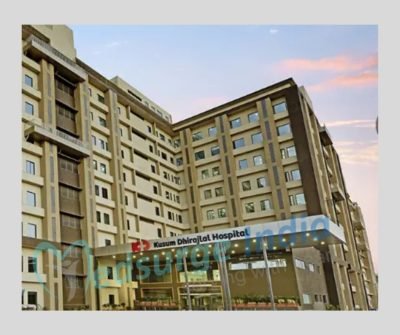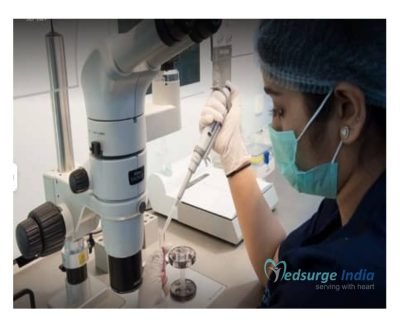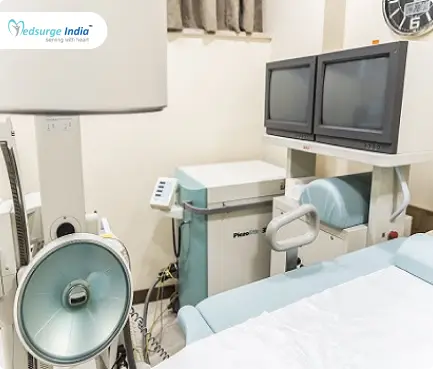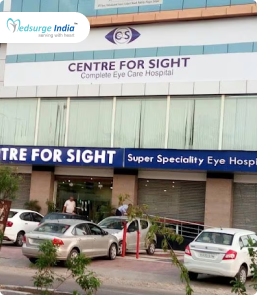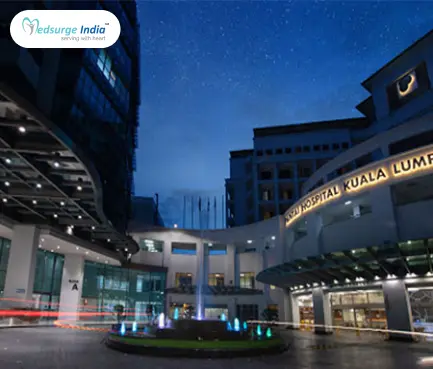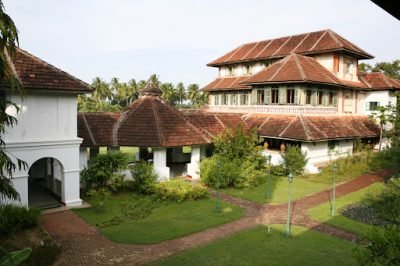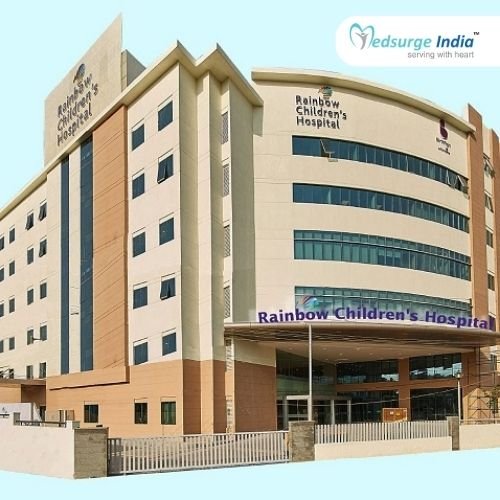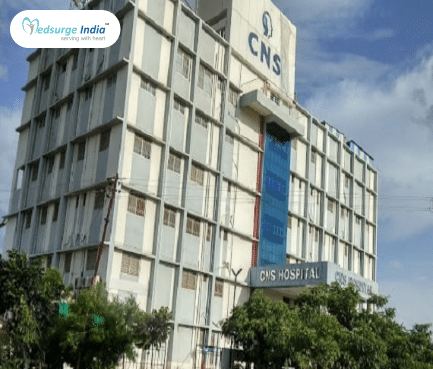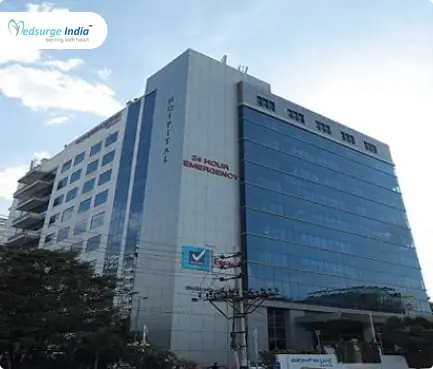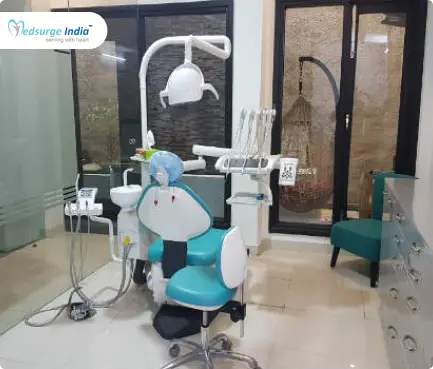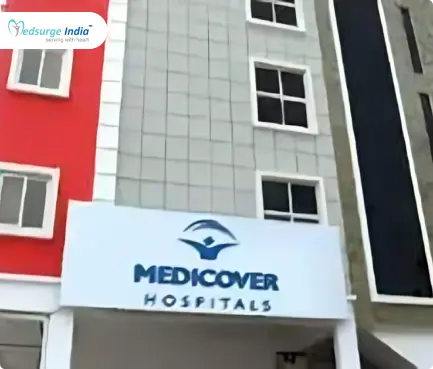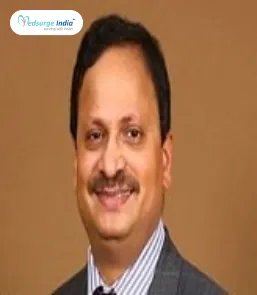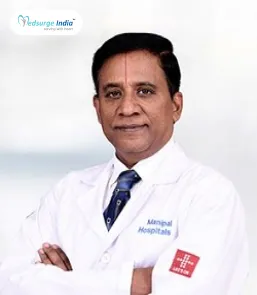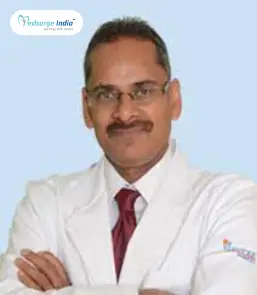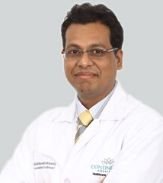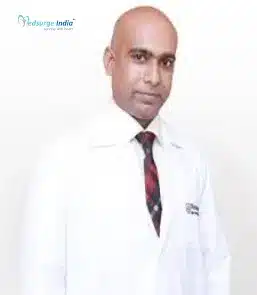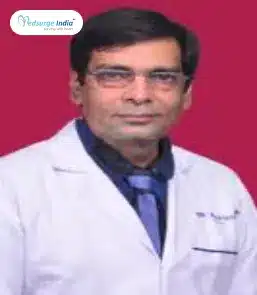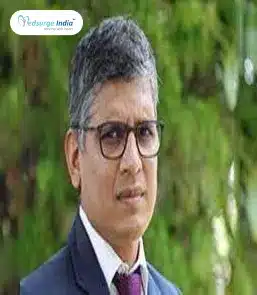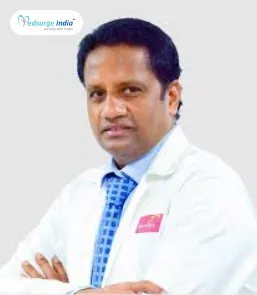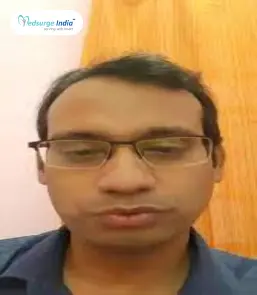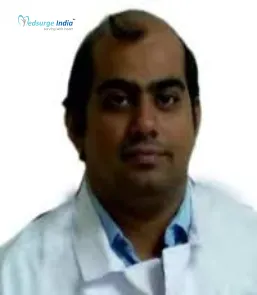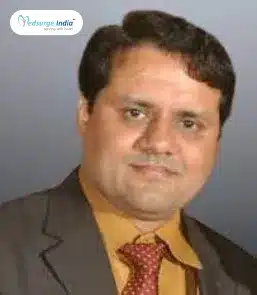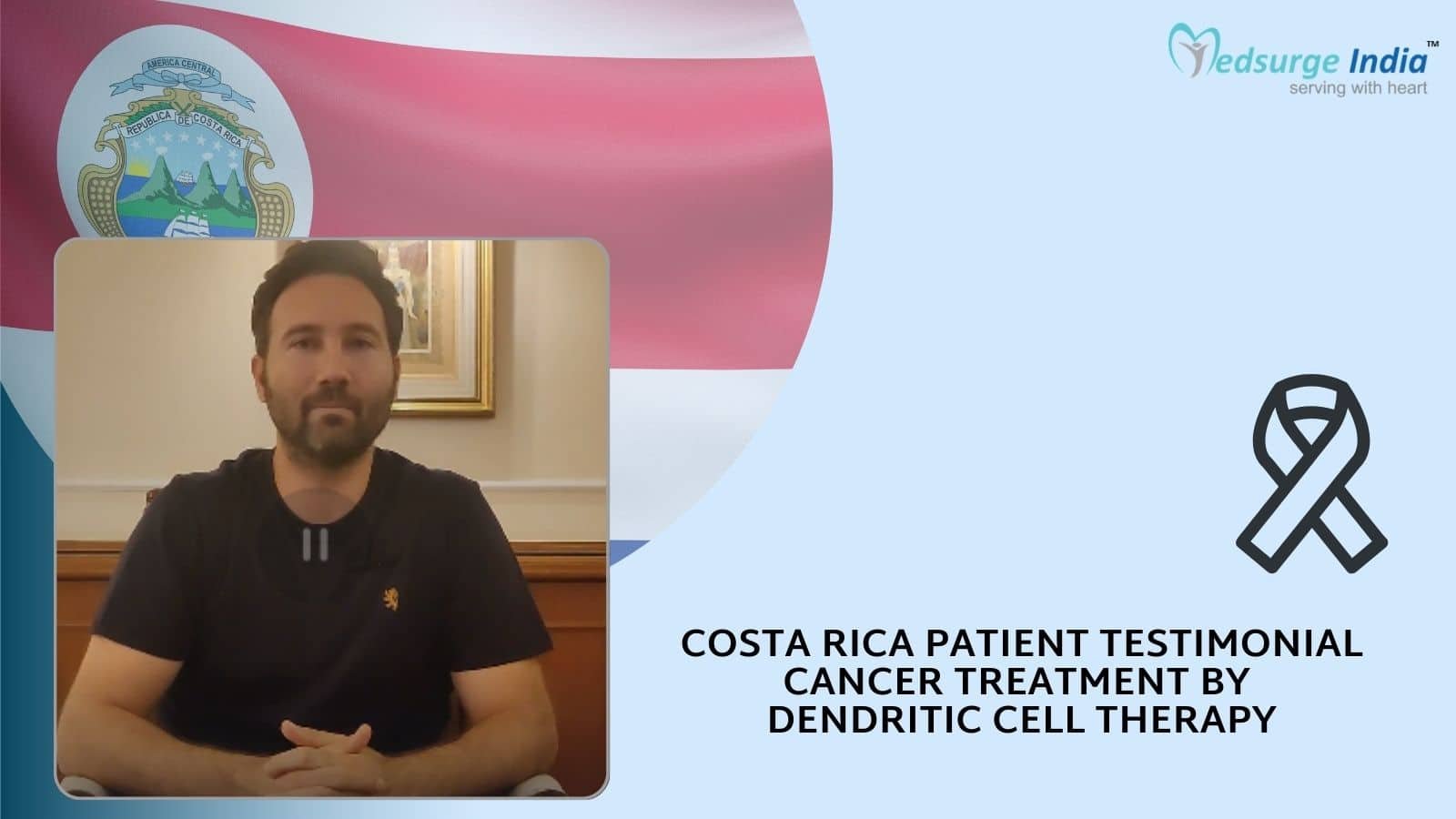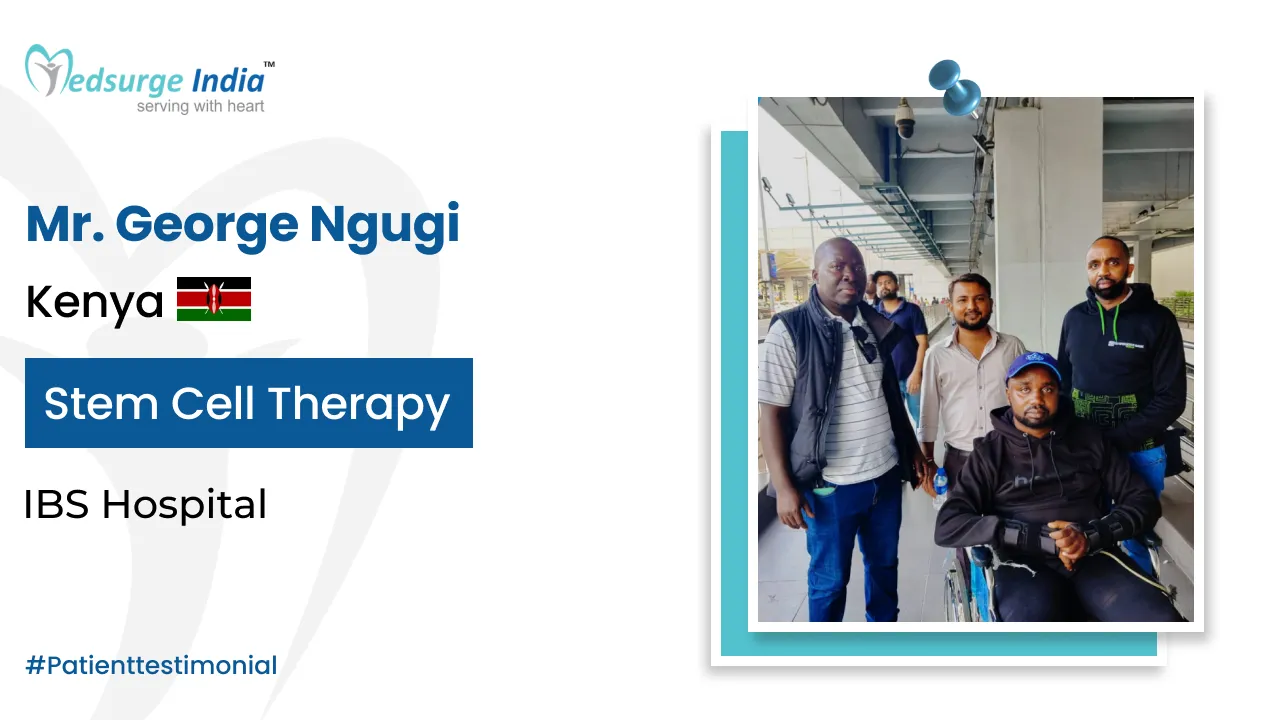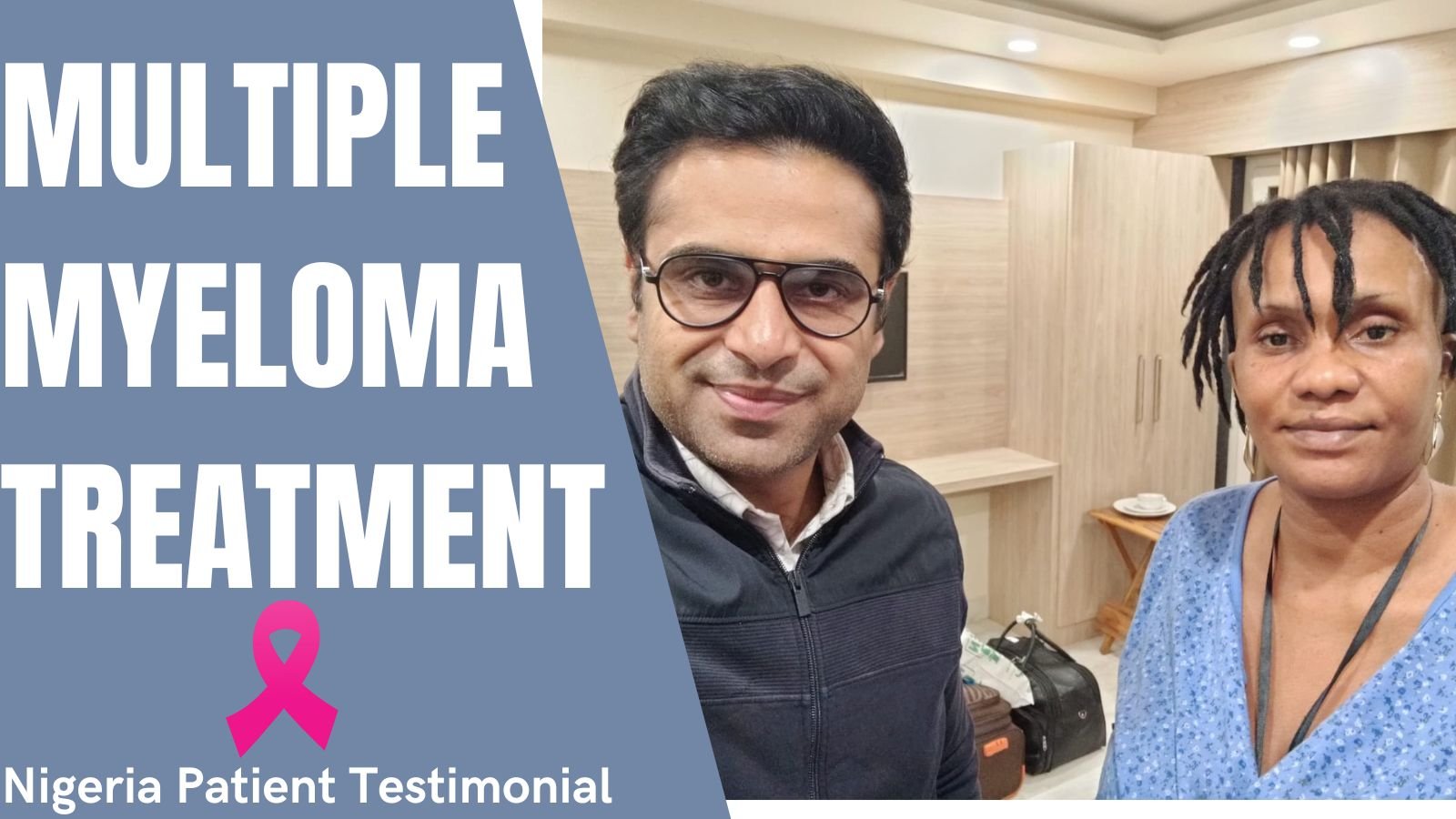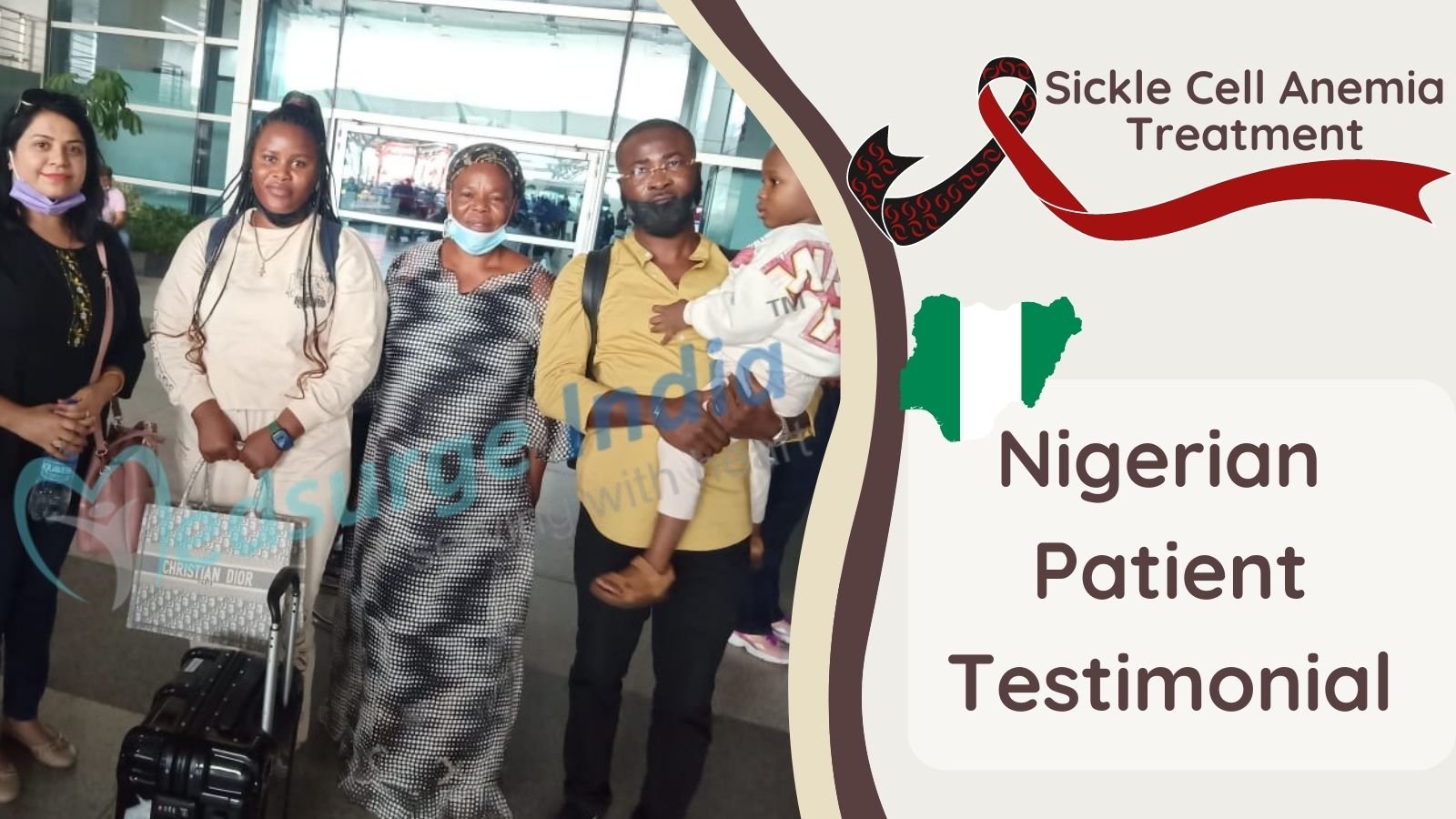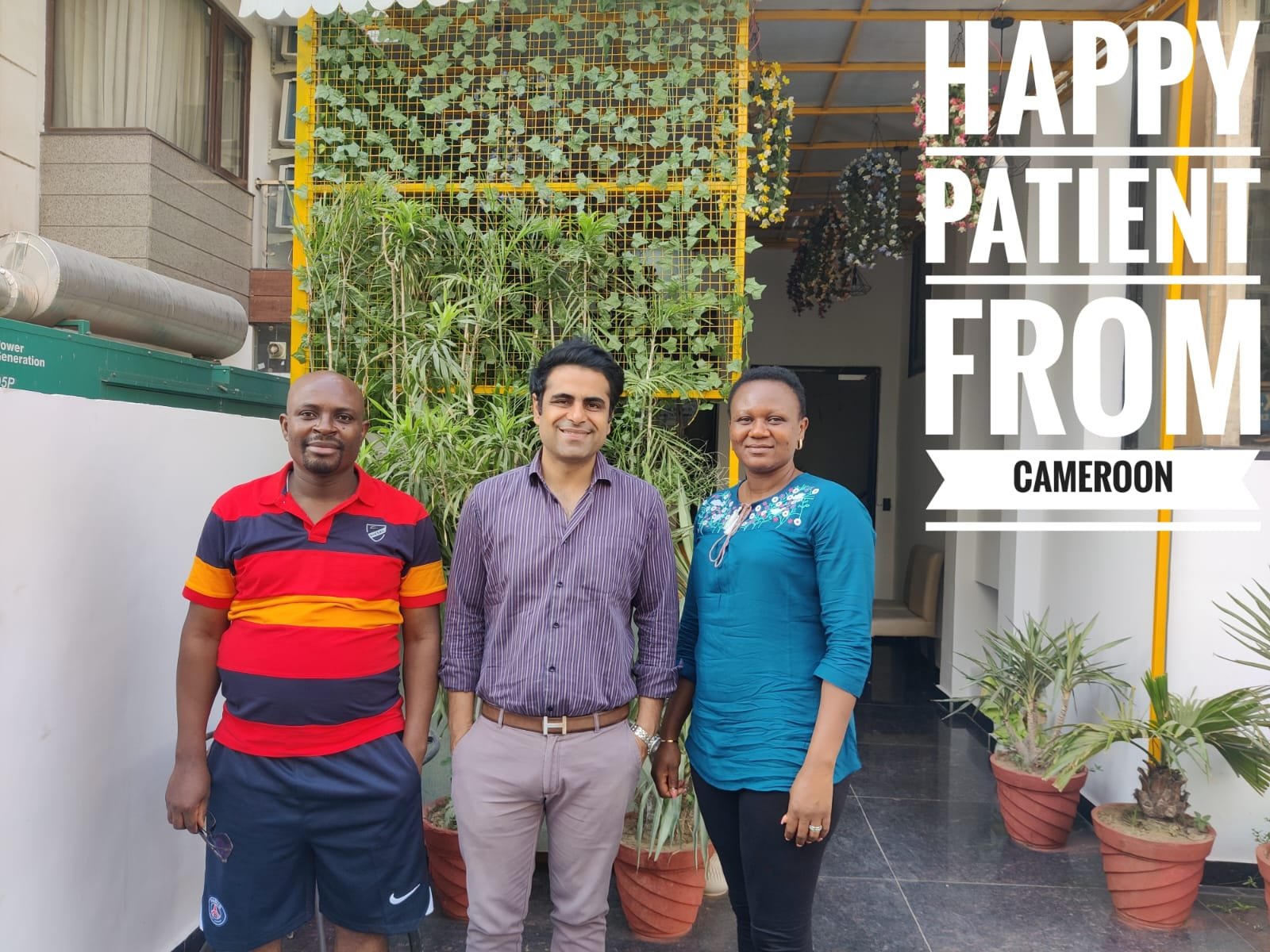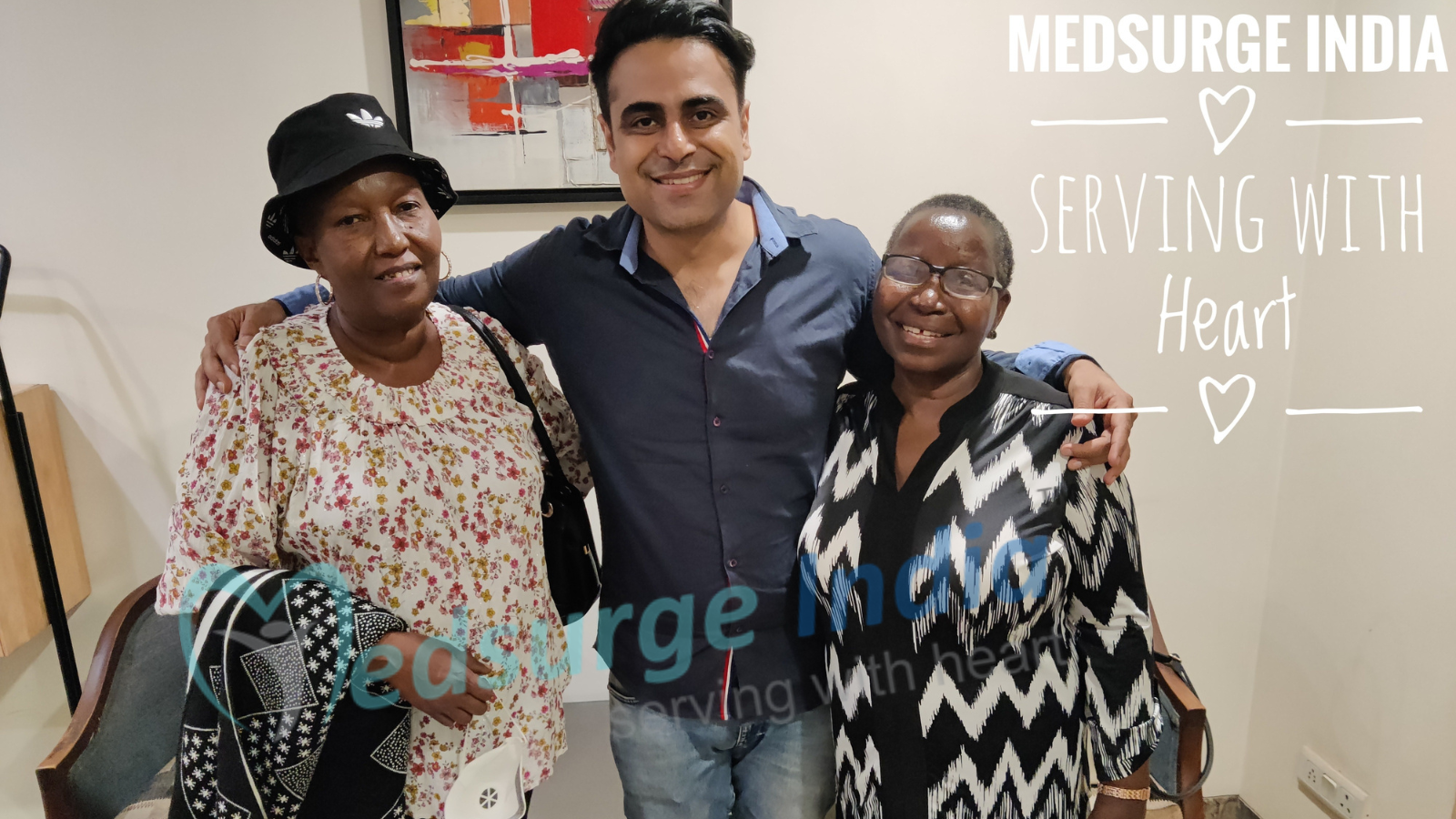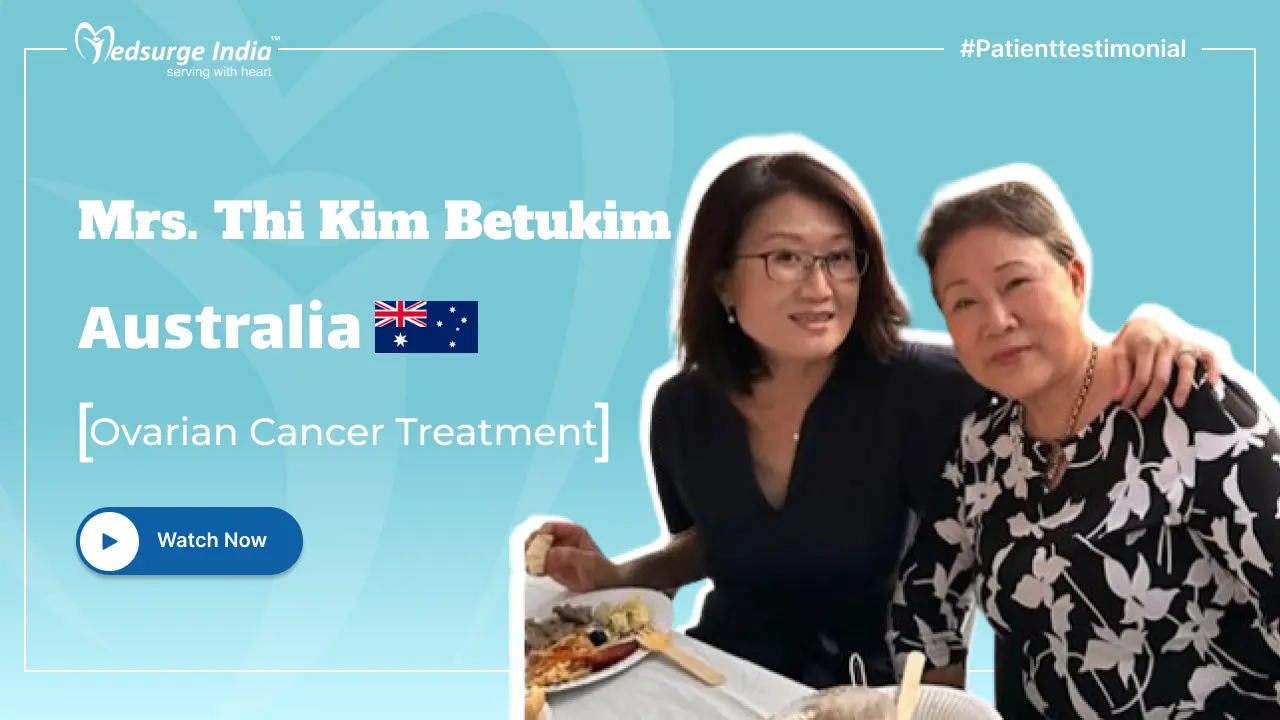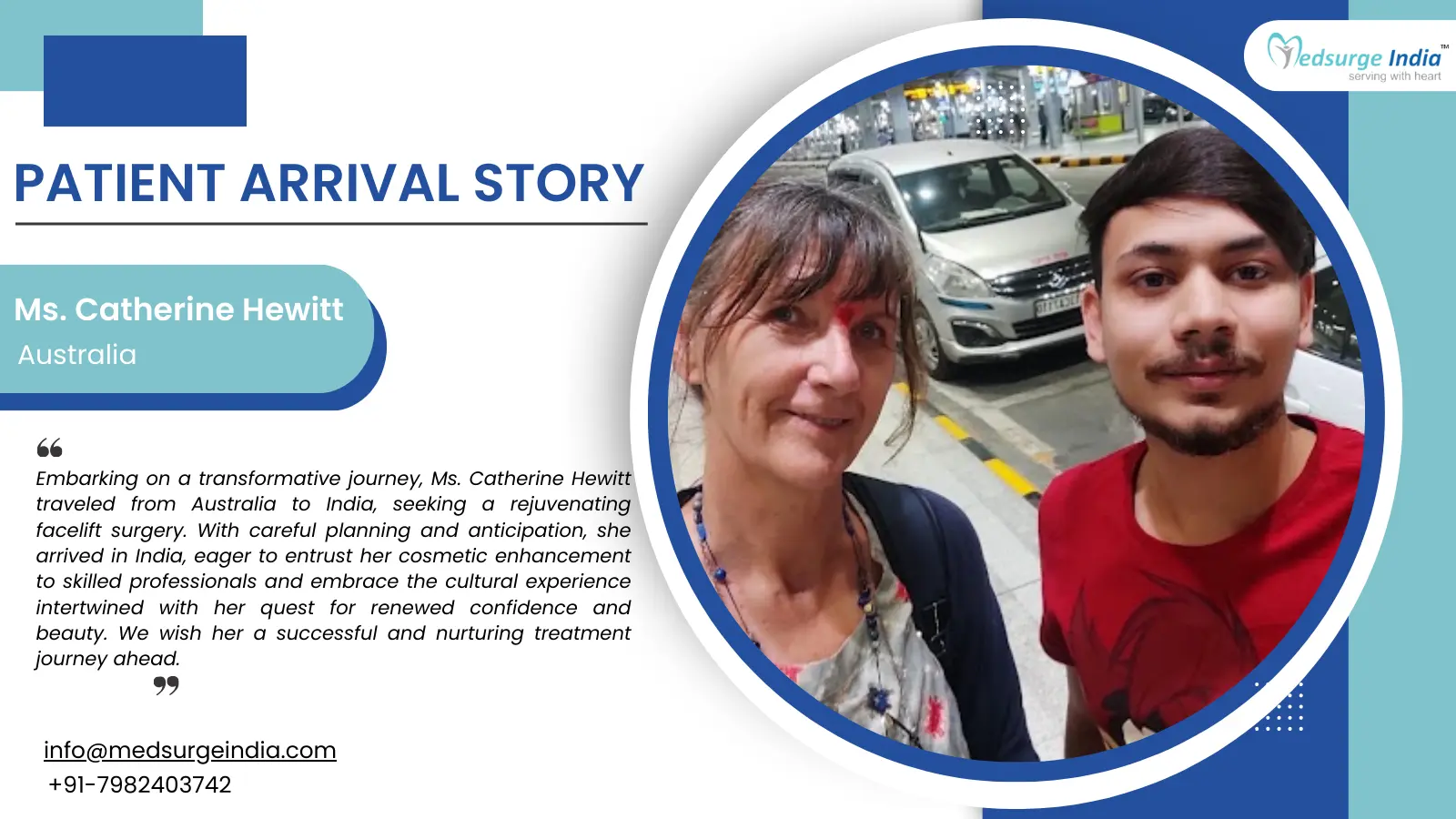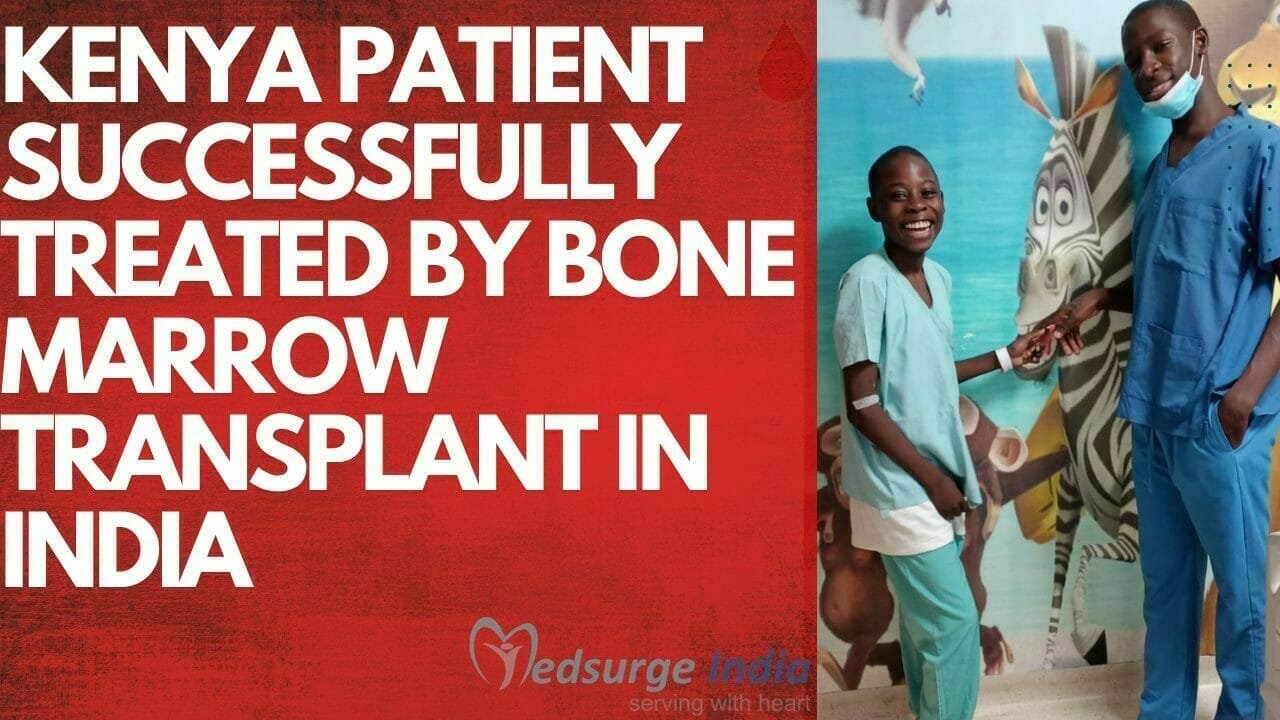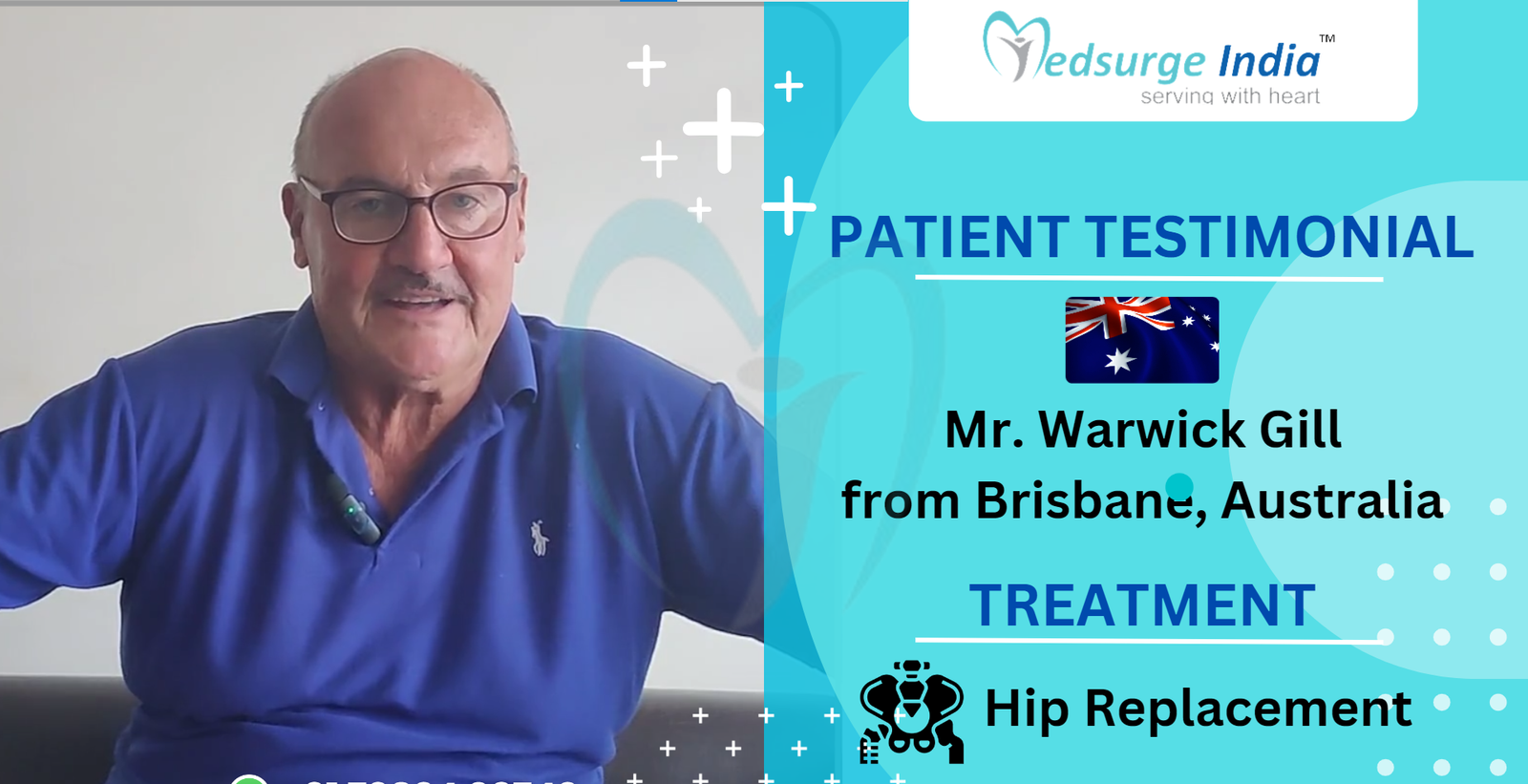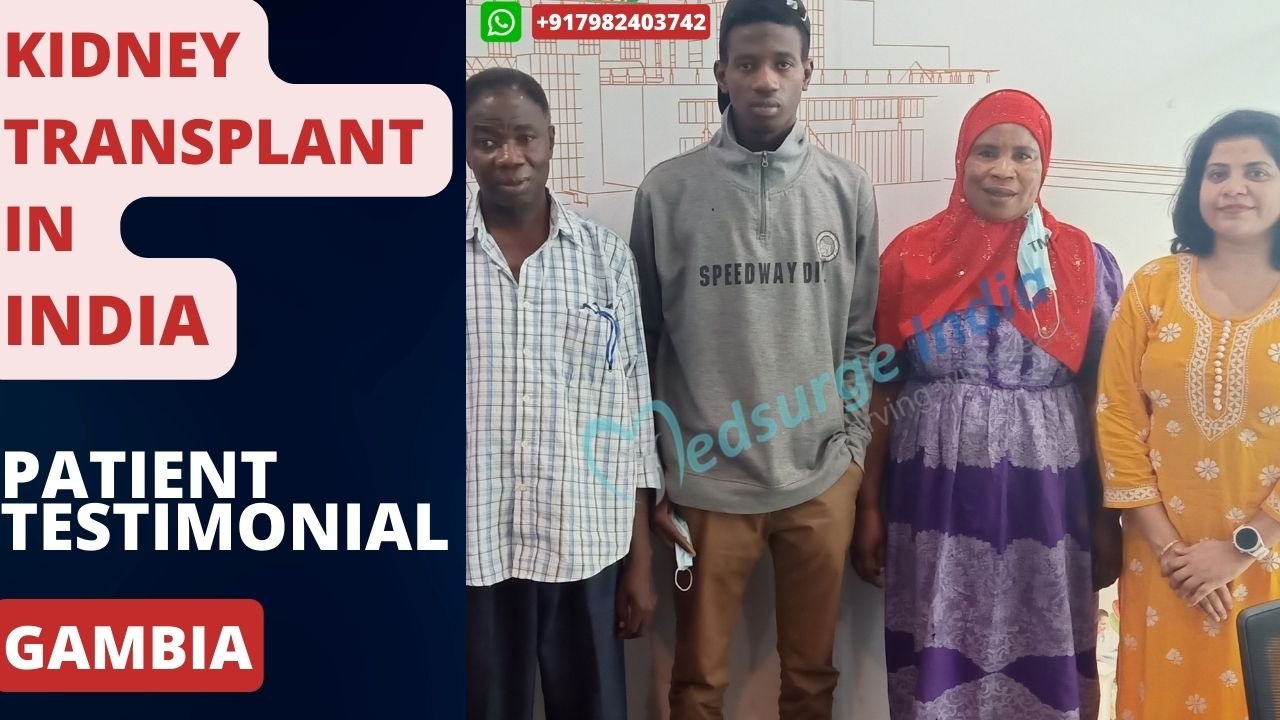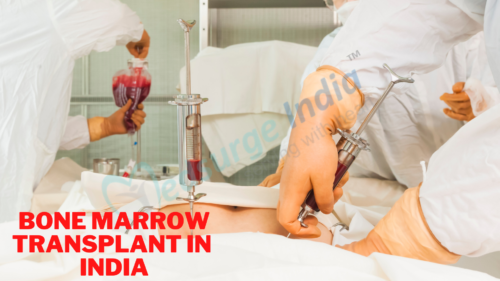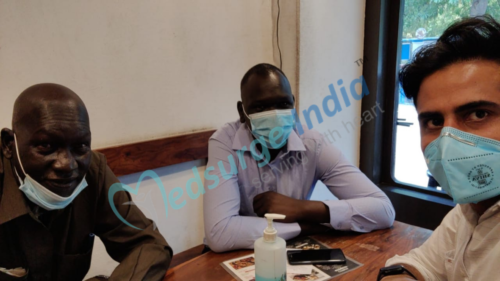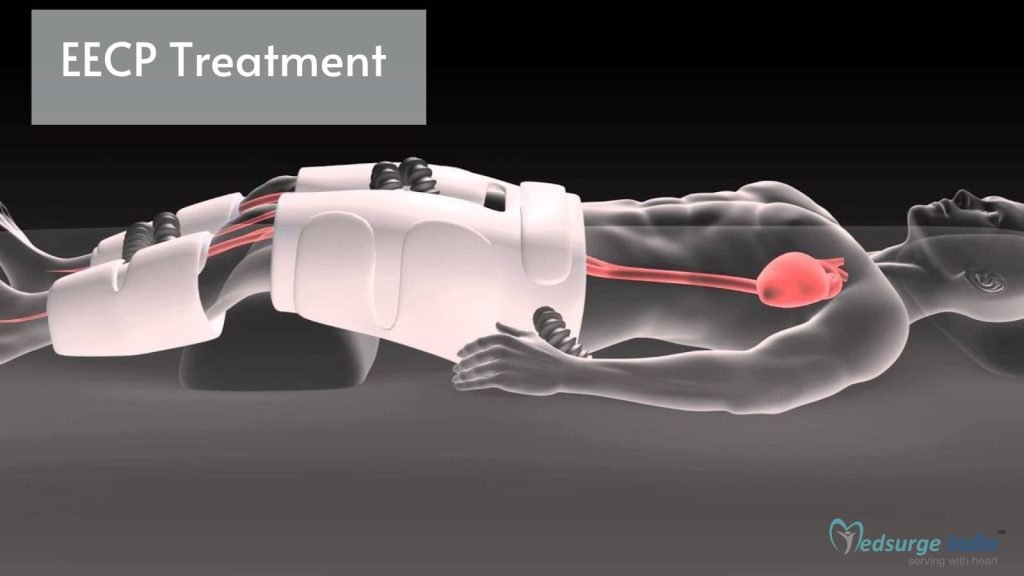
People with angina or heart failure can find it challenging to even do the simplest tasks, such as getting to the mailbox or walking the dog. In the treatment of angina and heart failure, there is a non-invasive treatment called EECP therapy that has been shown to be safe and effective. It is estimated that patients who complete the course of EECP therapy benefit from significant symptom relief that can last up to three years.
More than 120 EECP centers are currently in operation in India. Cardiovascular patients are becoming more and more interested in EECP treatment. Many activities that the patients had been unable to conduct because of their cardiovascular condition have been resumed as a result of receiving the entire course of EECP treatment. Since the procedure is non-invasive, the patient doesn’t lose any pay, and they may continue working while receiving therapy to enhance their cardiac health by enhancing the blood flow to their heart muscles.
When compared to other wealthy countries, the cost of EECP treatment in India is fairly affordable. The achievement may in part be attributed to the cardiologist’s experience and the state-of-the-art medical equipment used at the top Indian institutions. India is extremely well-liked in addition to these advantages because of its low costs without lowering clinical standards.
What Is EECP?
A non-invasive procedure called Enhanced External Counter Pulsation (EECP) is used to lessen the frequency and severity of angina attacks. Three sets of external inflatable cuffs are put around the buttocks, upper legs, and lower legs to deliver the treatment. These cuffs continually expand and contract during the heartbeat’s resting phase to enhance blood flow back to the heart.
The fundamental idea behind EECP therapy is to increase the volume of blood returning to the heart, which aids in providing more oxygen to its depleted regions. More oxygen is readily accessible, which allows the heart to work much more effectively and lessen chest discomfort.
EECP Treatment Cost in India
EECP Treatment Cost in India starts from INR 1,25,000 (1,500 USD). Comparatively speaking to other nations, India has far cheaper healthcare prices. Additionally, the level of medical care and services offered there are on par with those at the greatest hospitals in the world. Even without factoring in the costs of travel, hotel, and food.
In India, the total cost of EECP Treatment might vary based on a variety of factors, including
- Depending on the hospital’s preferences, the cost of treatment packages may vary.
- The doctor’s knowledge and expertise in the area.
- The situation of the patient: The patient’s illness and whether additional treatment modalities are necessary for complete care.
- Hospitalization and travel time in the nation.
- Post-operative care is required.
- categorization of a hospital room.
What Diseases May be Treated With EECP Therapy?
Unstable angina is not treatable by EECP (acute coronary syndrome). These angina symptoms are more intense, more frequent, and stay longer. Even when you’re sleeping, symptoms start to appear abruptly. Your doctor could advise EECP for you if you have the following condition:
- Chest pain
- Cough.
- Fatigue.
- Breathing difficulty (dyspnea).
Additional ailments that EECP can assist with include:
- Cardiomyopathy X (a type of angina).
- Alzheimer’s disease.
- Heart attack.
- Renal (kidney) failure.
- Malfunction of the left ventricle (an early stage of heart failure).
- Lung condition (pulmonary disease).
- Disease of the peripheral (artery) vessels (PAD).
What Are the Benefits of EECP Treatment?
At least two potential positive effects of EECP treatment on the heart are:
- First, during diastole, the leg cuffs’ milking action increases blood flow to the coronary arteries. (Unlike other arteries, the blood flow to the coronary arteries occurs between heartbeats rather than during them.)
- Second, EECP causes something like a sudden vacuum in the arteries by deflating just as the heart starts to beat. This may also help lessen endothelial dysfunction by lowering resistance in the blood arteries of the legs, allowing blood to be pushed from your heart more freely.
Additionally, there is some proof that EECP might:
- Aid in triggering the development of collateral (small) blood vessels in the coronary artery system.
- Encourage the release of essential molecules from the endothelium, the tissue that borders the coronary arteries3
- Act as a type of “passive” exercise, producing similar long-lasting, healthy effects as those brought on by actual exercise.
- Enhanced peripheral arterial function lowers the need for oxygen in the heart muscle.
EECP is well-tolerated and secure. The therapy is strongly suggested to be highly beneficial in many situations by the current data, despite its limitations.
Who Should Avoid EECP Treatment?
Patients with the following conditions should not get EECP:
- Valvular illness
- Pacemaker
- Hemorrhage
- Hypertrophic cardiomyopathy
- Congenital cardiac condition
- AF (atrial fibrillation) (Afib)
- Thoracic hypertension
- An internal clot
- Peripheral vascular disease (PVD), commonly known as peripheral artery disease (PAD) (PVD)
- Extreme blood pressure elevation
- Higher than 120 beats per minute in the heartbeat
Get Free Cost Estimation
Procedure
How Is EECP Treatment Performed?
Thousands of people have undergone EECP treatment all across the world. Heart disease symptoms that cannot be managed medically or surgically are relieved by this therapy.
Before Treatment
Prior to beginning EECP therapy, a medical professional will conduct a physical examination and an exercise stress test. Your healthcare practitioner will also go through the process and necessary tools. Just before administering therapy, a provider:
- requests that you change into appropriate treatment trousers and empty your bladder.
- places inflatable cuffs around your legs and buttocks and three electrocardiograms (EKG) patches on your chest. Air hoses are connected to the cuffs.
- gives you a finger sensor to measure blood pressure and oxygen levels, allowing medical professionals to tailor your therapy for the greatest outcomes.
During Treatment
- In EECP therapy, you lie back or take sleep on a soft surface as air is pumped into the cuffs that surround your lower extremities. Up until they reach maximum treatment pressure, you’ll feel the cuffs getting tighter around your bottom and legs.
- The inflation and deflation of your blood pressure and EKG monitors are timed to your heartbeat. As soon as your heart stops beating, the cuffs expand, boosting blood flow to the arteries that carry blood to your heart. They swiftly deflate thereafter, making it simpler for your heart to pump once again.
- Therapy ought to be bearable when you get used to the feeling. It shouldn’t hurt or make you uncomfortable. Following therapy, you can resume your usual daily activities.
Note: EECP therapy is a form of outpatient care. It typically lasts for 35 hours in total, or one hour each day, five days per week, for seven weeks. For three and a half weeks, you can also have it twice daily. A one-hour session is followed by a break before another session.
After Treatment
The effects of EECP treatment might vary. Several days following therapy, you can still feel exhausted. In the final few weeks of the seven-week therapy, the majority of patients report feeling better about their symptoms. A hospital stay is not necessary for EECP therapy. Following therapy, you can resume your usual activities right away. If you suffer any adverse effects, let your healthcare professional know.
Note: For several years following therapy, better blood flow and fewer angina symptoms are common. In some circumstances, you could require further EECP therapy.
How to Choose a Hospital in India for EECP Treatment?
Hospitals that treat EECP are widely renowned for their patient care and hospitality offerings. These facilities are home to some of India’s top cardiologists and experts in their areas. It could be challenging for a foreign patient to select a reputed hospital for treatment. It is an important choice that needs to be made while keeping a number of things in mind, like:
- Accreditations and certifications for excellence
- Location of the hospital and the transit hub
- The medical and surgical staff
- Modern diagnostic and treatment tools
- Overseas medical help
How Can Medsurge India Help?
Medsurge India is a prestigious support system for patients looking for doctors, hospitals, and specialized treatments. We’ll find the most suitable medical options for you. Regarding your medical issues, our team will give you a list of certified, reputable, and trusted doctors and hospitals. Additionally, we offer a treatment strategy that fits your budget. Apart, we assist patients with obtaining travel authorizations, medical visas, and a multitude of other things.
The Most Important Frequently Asked Questions
Q: Is EECP Treatment Effective?
A: EECP therapy has a long-term effect and can result in beneficial structural changes in the heart, which can improve symptoms of heart failure.
Q: Is EECP Better Than Angioplasty?
A: Patients who have already had an angiography or bypass surgery can use this treatment to alleviate angina pain and avoid further surgery. This is due to the fact that, unlike bypass surgery and angioplasty, EECP targets the entire heart and improves overall heart circulation.
Q: What Are the Risks of EECP Treatment?
A: EECP increases blood flow to the heart while also stimulating the opening and formation of collaterals (small blood vessel branches surrounding the heart) to create a natural bypass around narrowed or blocked arteries. Common EECP side effects include: Bruising or abrasion of the skin. Back and leg ache.
Q: Can EECP Be Used to Treat a Heart Blockage?
A: This type of therapy can also stimulate blood vessels to open new channels for blood to flow to your heart. If your coronary arteries are narrowed or blocked, these pathways eventually become “natural bypass” vessels that help relieve angina symptoms.
Q: Can a Heart Blockage Be Treated Without Angioplasty?
A: When the patient declines angioplasty and bypass surgery. ESMR Therapy is the best option at this time. So, without surgery, remove the heart blockage. ESMR Treatment creates new natural blood vessels that improve the oxygenated blood supply to the affected portion of the heart without the use of surgery or pharmaceuticals.
Top Hospitals for EECP Treatment In India
Top Doctors for Cardiology And Cardiac Surgery
Dr A Sharath Reddy
Senior Consultant
Experience: 19 Years
Medicover Hospital, Hitec City
Hyderabad, India
Dr. Mukundan Seshadri
Consultant
Experience: 32 years of experience
Manipal hospitals Life’s On, Whitefield
Bangalore, India
Dr. Jaya Ranganath
Consultant
Experience: 24 years of experience
Apollo Hospital, Seshadripuram
Bangalore, India
Dr. Manik Chopra
Senior Consultant
Experience: 24+ years of experience
Narayana Multispeciality Hospital, Rakhial, Ahmedabad
Ahmedabad, India
Dr. Abhisekh Mohanty
Consultant , MBBS, MD, DM
Experience: 16 years of experience
Continental Hospitals, Hyderabad
Hyderabad, India
Dr. Sushant C Patil
Senior Consultant
Experience: 11 years of experience
Nanavati Super Specialty Hospital Mumbai
Mumbai, India
Dr. Vikas chopra
Senior Consultant
Experience: 24 years of experience
Primus Super Speciality Hospital, New Delhi
New Delhi, India
Dr. Ravi Shankar Shetty K
Senior Consultant
Experience: 21 years of experience
Shree Sathya Sai Institute of Higher Medical Sciences, Bengaluru
Bangalore, India
Dr. Kuntal Bhattacharyya
Senior Consultant
Experience: 23+ years of experience
NH Rabindranath Tagore International Institute of Cardiac Sciences, Kolkata
Kolkata, India
Dr. Praveen Kumar A V
Consultant
Experience: 22
Manipal Hospital Millers Road formerly Vikram Hospital Bangalore
Dr. Tanmoy Majee
Consultant
Experience: 17 years of experience
Ruby General Hospital, Kolkata
Kolkata, India
Dr. Gundurao Harish Joshi
Consultant
Experience: 14 years of experience
Sri Jayadeva Institute of Cardiovascular Sciences and Research, Bangalore
Bangalore, India

